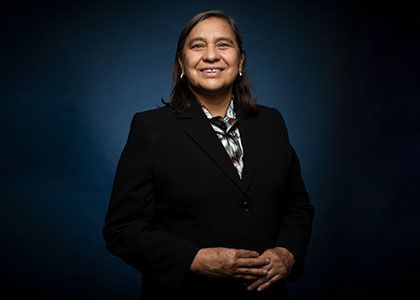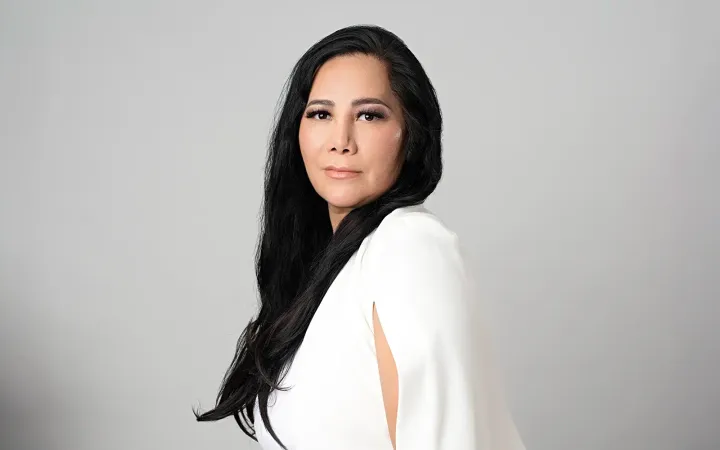
Por Leticia Bonifaz

Las niñas indígenas de Chiapas crecen bajo el más azul de los cielos y entre el verdor que resulta de la suma de todos los verdes. Todo, aunado al verde agua de los interminables ríos y el verde del pasto y de los grillos que son el primer contacto de sus pies descalzos y lo primero que despierta la curiosidad de sus manos.
Las niñas de Chiapas tienen un horizonte infinito que va mucho más allá de las montañas. Verdes las más cercanas, azules las que ya fueron tocadas por la lejanía. Empiezan a nombrar las cosas en tsotsil, tseltal o tojolabal con el sonido de las voces de los ancestros. El mush, (ombligo), queda enterrado cerquita de la casa. Regresa a la tierra para echar raíz.
La casa es, la mayoría de las veces, un solo cuarto en el que conviven muchos hermanos y hermanitos. Las grandes cuidan a los pequeños, entre otras cosas, deben estar pendientes de que no se lleven la tierra a la boca con el resultado inevitable de que las lombrices crezcan en sus pancitas más temprano que tarde.
Las niñas de Chiapas corren entre los árboles o entre las milpas. No tienen más juguetes que piedras, lodo y ramitas. Empiezan a conocer las plantas, los insectos, las fases de la luna y la eternidad del tiempo. Cuando le preguntan a los mayores por qué suceden ciertas cosas la respuesta es la misma: “así ha sido de por sí” remitiéndose al origen de los tiempos.
En la cocina ya está lista la leña que la mamá y las hermanas mayores llevaron desde muy temprano. Comienza a arder el fuego. Encima está el comal encalado sobre el que nacen las primeras tortillas que, con su redondez y blancura, nutren a la familia entera.
Las miradas se concentran en el fuego y en la masa transformada. A veces hay frijoles, a veces no. Basta una pizca de sal o un poquito de chile para que surja el alimento cotidiano. Somos hijas del maíz y desde temprano se rinde tributo al Dios del fuego.
Afuera está la milpa. A veces pequeñita, mostrando sus primeros brotes y otras veces, como diría Novo, con “gran estatura, su copetito mal rapado, su cuaderno bajo el brazo y sus mangas rotas” En la milpa también hay sonrisas, porque el maíz muestra su dentadura entre las múltiples capas que lo cubren.
Llega el momento de ir a la escuela. A veces, hay suerte de que sus maestros también hablen la lengua con la que crecieron. En otras, tienen la oportunidad de empezar hablar la castilla que nombraban los abuelos. Ahí, también aprenden que hay otro verde, el verde de la bandera y que provienen de ancestros omnipresentes: los mayas. Las imágenes de los libros no mienten. Ahí están las mismas narices y la misma forma almendrada de los ojos.
Ya están en edad de caminar bastante sin cansarse. Ya pueden ir al pueblo a que les compren zapatos, los listones de las blusas y las telas de las faldas. Empiezan a ver otro mundo que no siempre es amable con ellas.
Con unos años más, la crudeza del mundo se hace más real y les da alcance. Comienzan a conocer el miedo cuando el papá llega bajo los efectos del posh y la mamá soporta golpes y humillaciones. Ven con azoro cuando entregan a la hermana mayor a un señor al que apenas conocen. Son grandes cuando ellas mismas ya van por la leña y comienzan a cargar el agua. Cargar se vuelve el verbo más usado. Cargar la leña, cargar el agua, cargar las mazorcas, cargar al hermano menor, cargar con una vida que parecía idílica y cada vez se va poniendo más cruda. El gran horizonte se cierra, el futuro se achica, solo algunas se atreven a ir más allá. ¿Qué hay más allá para ellas?
Las opiniones expresadas son responsabilidad de sus autoras y son absolutamente independientes a la postura y línea editorial de Opinión 51.
Más de 150 opiniones a través de 100 columnistas te esperan por menos de un libro al mes.






Comments ()